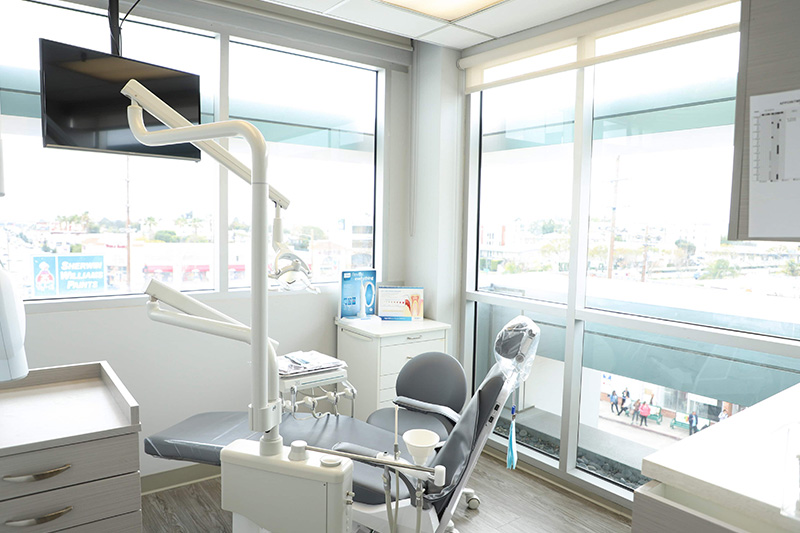
Infected Tooth Pain- Do I Need An Extraction? Los Angeles CA
It is normal to have bacteria in your mouth covering the teeth, tongue, and other oral tissues. However, tooth infections can occur when bacteria penetrates the exterior of your tooth (enamel and dentin), and reaches the tooth pulp, or settles in deep gum pockets where it can’t be reached with regular brushing.
Poor dental hygiene, tooth injury, and dental procedures can lead to cavities and fractures that trap bacteria and allow plaque to build up. Although these injuries are usually not painful, the tooth should be filled or crowned promptly to stop bacteria from eroding the tooth any further. If left untreated and the infection reaches the pulp, a condition known as pulpitis may result, causing you to experience a toothache or sensitivity that is aggravated by hot and cold liquids and foods. If the infection continues to spread through the tooth, it may form a pocket of pus known as an abscess.
Treatment options for tooth infections
If you have pulpitis, your dentist may recommend root canal therapy to remove the infection and preserve your natural tooth. Since the tooth will be weakened after the procedure, it will need to be crowned or capped to restore its strength and stability.
Once an abscess forms, the pus has to be drained to treat the tooth. If the tooth can’t be saved with root canal therapy, it may have to be extracted. Pus removal can occur before or after the extraction. If your dentist finds that extracting the tooth before treatment may allow the infection to spread and cause other complications, such as compromising the healing process after tooth extraction, then your dentist may recommend treating the infection before tooth removal to reduce these risks.
Generally, you will need to take pain medication and some antibiotics for a few days before your surgical tooth removal to remove bacteria in the area, as well as after tooth extraction to prevent infection when healing.
If you’re experiencing the symptoms of a tooth infection, please visit your dentist as soon as possible to save the tooth or schedule an extraction.



